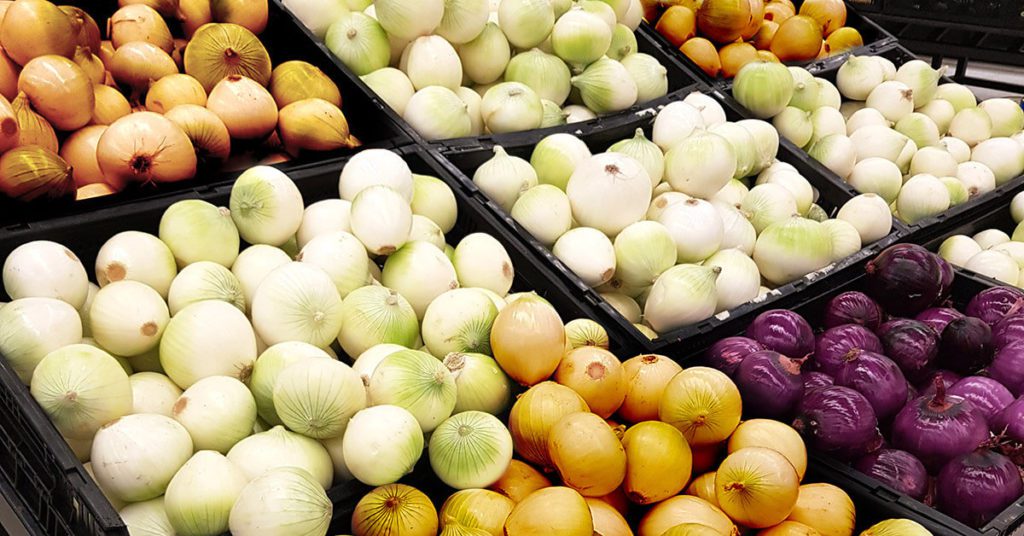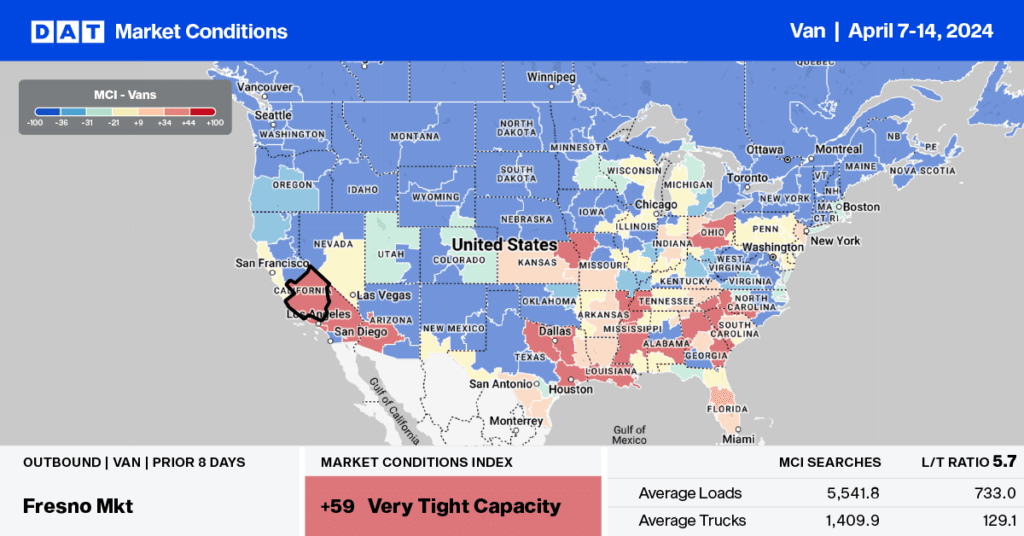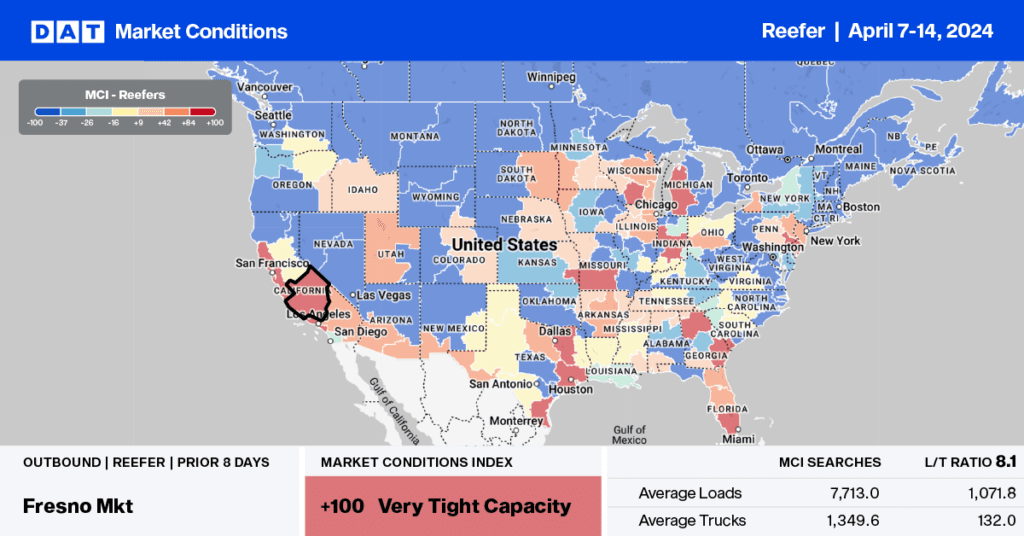Importers have been busy “front-loading” in the first half of the year, ordering as much inventory as possible in advance to avoid the supply chain delays that caused many shipping containers to arrive well past their due date. This contributed to bloated retailer inventories that were moving goods from warehouse to warehouse, trying to find a home for late post-season imports. Warehouse inventory levels are still very high resulting in congestion and increasing chassis and container dwell times at shipping warehouses.
But because inventory levels aren’t turning as fast as they did a year ago, shippers also lack the space to take in more inventory. In a recent Journal of Commerce (JOC) article, an apparel and footwear shipper said, “warehouses are full because big-box retailers are not taking the inventory amid slowing sales. They came to us at least 30 days ago and said we’d like to take our orders, but we can’t take them now because we don’t have the space. Unlike last year when insufficient labor was the biggest obstacle, this year it’s space.”
According to Dr. Zac Rogers, Assistant Professor at Colorado State University in Supply Chain Management, “warehousing is just as bad one step away from the ports as it was all through last year. And until we work through all that extra inventory, we’re still not going to see the optimal throughput we’re used to. We’ll work through a lot of the excess we have this year in inventory.”
Get the clearest, most accurate view of the truckload marketplace with data from DAT iQ.
Tune into DAT iQ Live, live on YouTube or LinkedIn, 10am ET every Tuesday.
What does the second half of 2022 look like for importers and supply chains in general?
According to IHS Market PIERS, containerized import volumes increased 2% in June, which is the second-highest on record. That’s around 8% higher than the previous year, and according to National Retail Federation (NRF) Vice President for Supply Chain and Customs Policy Jonathan Gold, “Cargo volume is expected to remain high as we head into the peak shipping season, and it is essential that all ports continue to operate with minimal disruption. Supply chain challenges will continue throughout the remainder of the year. It is particularly important that labor and management at West Coast ports remain at the bargaining table and reach an agreement.”
New York ports took the honors in June with the highest number of containers imported, representing a 19% y/y increase following June’s 6% increase. Importers have increasingly been shifting more volume to the East Coast, where volumes in June were up 12% y/y compared to the 5% y/y increase on the West Coast. Gulf Coast ports, including Houston and Mobile, AL, have also benefited from the shift away from the West Coast – June volumes were up 9% y/y.
Can we expect to see more anchored ships making headlines again?
In the Southeast, vessel congestion has recently worsened in Savannah, GA, where 37 vessels queued up waiting at anchor for an unloading berth to become available. This compares to just 24 in Los Angeles, where lower container volumes last month in the Ports of Los Angeles and Long Beach translated into lower truckload load post volumes in the first two weeks of July. Load post volumes in Los Angeles were down 23% m/m resulting in outbound spot rates dropping for the third week by $0.03/mile to a market average of $2.22/mile. The opposite was the case on the intermodal-heavy Los Angeles to Chicago lane, where spot rates increased by $0.17/mile above the June average to $1.85/mile or $0.86/mile lower than the previous year
What does all of this mean for truckload carriers?
For truckload carriers, this means a repeat of 2021, when vessel congestion and surging import volumes at our largest ports made headlines. This pushed considerable freight volume into the spot market as intermodal and contract truckload capacity overwhelmed container volume. We expect this to occur again this year but more on the East Coast based on current trends.


